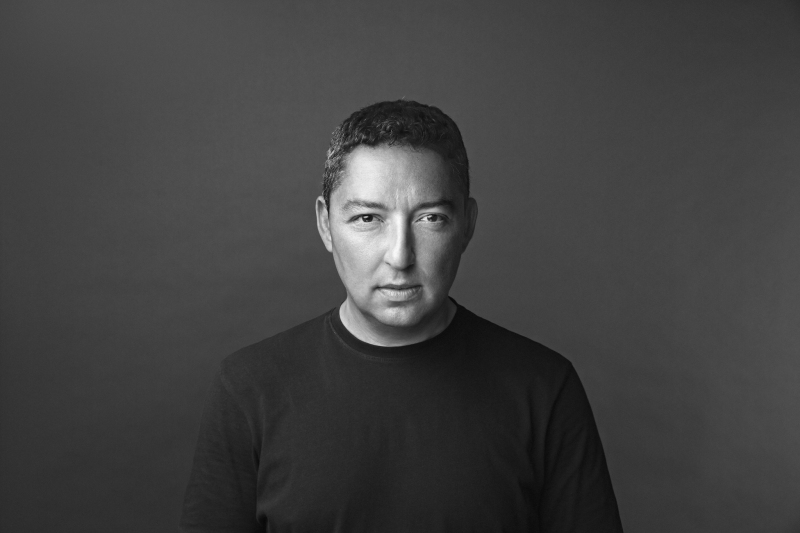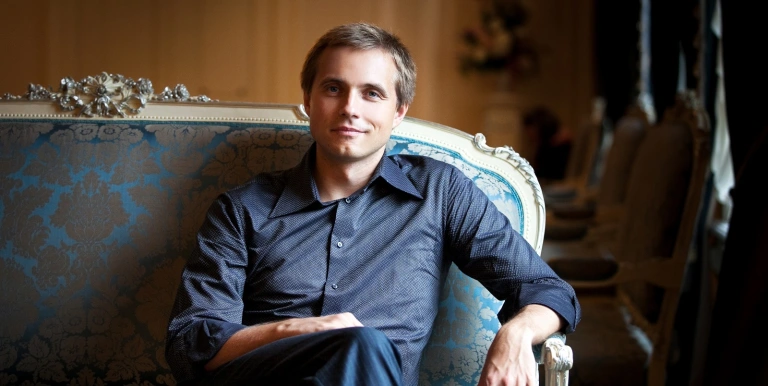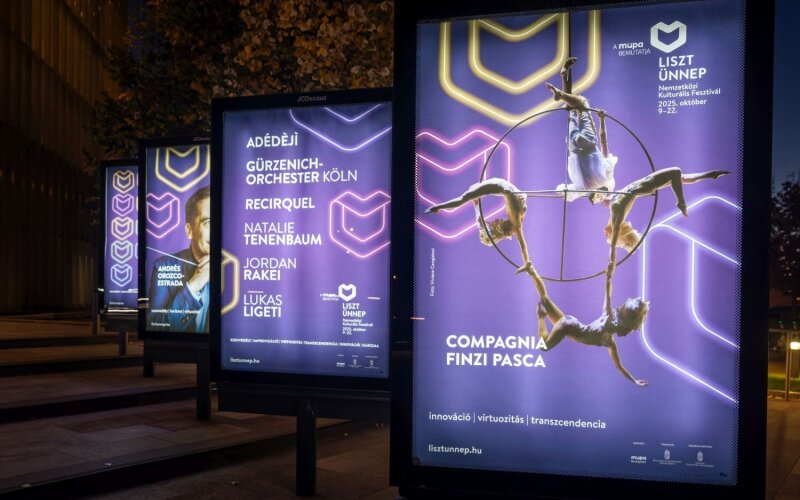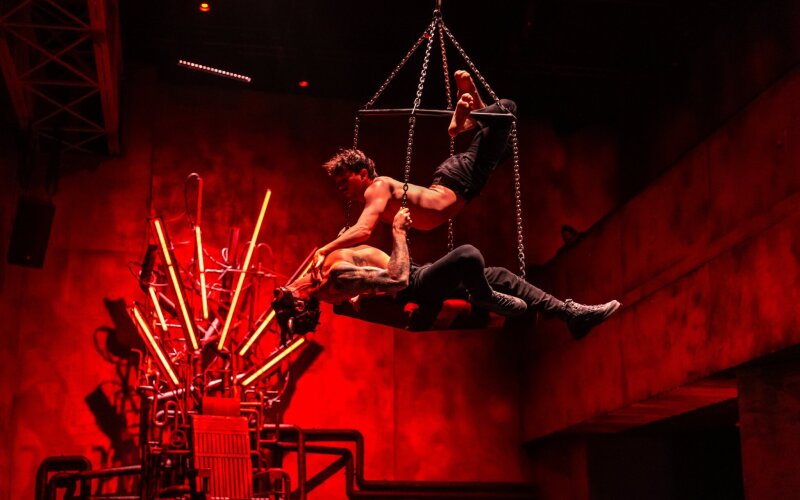In this series, distinguished artists at Liszt Fest tell us what the composer’s art means for them, which works have captured their hearts, and what makes the work they will perform at the festival important to them. We first talked to pianist József Balog, who will perform the Piano Concerto in A major with Vasily Petrenko and the Royal Philharmonic Orchestra.
It may prove a decisive moment in the career of a pianist when they come to know the work of Franz Liszt, and that was certainly the case with József Balog. “It was a defining experience when I first encountered his art. I immediately felt that he was one of the most influential figures in music history, alongside Beethoven, and that without the two, 20th-century music would be unimaginable,” he says. Balog studied pieces by Liszt at the conservatory, and played some at his entrance exam to the Academy of Music. He lays great store by the opportunities he gets to play the pieces on period instruments: “I was lucky because these pianos allow you to realize that Liszt’s intention with the technical difficulty of his works was not to make the life of performers difficult, but to make the most of the great advances that took place in the design of the instrument in his own lifetime.” Balog also points out that the distances to be spanned by the player’s hand are smaller on these pianos, nor does it require as much force to hit the keys as on modern ones.
However, the artist is much saddened by the prejudice against Liszt’s works that seems to persist abroad. “Often, his work is taken to be gratuitous virtuosity, so I make an attempt to show as many of his faces as possible. I love his late works and play them often. You can find the message behind the great many notes, and that’s what you have to interpret and show to the audience. Liszt made a great many innovations in the tonal system, harmonies and rhythm. As the instrument was developing, he revised his own earlier works with great humility.” Yet a performer can only represent the complexity of the works if they have a deep understanding of them, and can communicate them without being hindered by the technical difficulties, he explains. At the same time, he considers it interesting that reports of his performances reveal that Liszt sometimes played carelessly, missing many notes – since expectations were different then. “Today, we sacrifice a lot on the altar of precision, whereas the odd mistake or missed note doesn’t lessen the aesthetic experience and we shouldn’t worry so much about them, because that’s not what matters in music,” he adds.
When I ask him about his own path to the deeper layers of Liszt’s works, Balog says he owes a great deal to playing in many different styles because their vantage points keep revealing new aspects of Liszt’s works. “Every now and then I go back to the Sonata in B minor, which is an important piece for every pianist and has a special place in my life. I’m always curious to see how the work has evolved in my mind, and in my experience this is closely related to whether I’m playing Baroque, Viennese Classical or contemporary music at the time. Every period helps me to understand what made Liszt unique.” In the same vein, he considers it fallacious to draw a sharp line between the art of Liszt and Béla Bartók just because they are associated with two different centuries. When at a concert he played Liszt’s late works and some of Bartók’s Bagatelles, he realized that a listener unfamiliar with the pieces could perhaps not tell their composers apart.
At Liszt Fest, the pianist will play one of the composer’s major works with distinguished partners: the Royal Philharmonic Orchestra and Vasily Petrenko. “The Piano Concerto in A major is very close to my heart; it’s a beautiful work and in many ways very different from the Concerto in E flat major. It represents Liszt’s mature period, in which virtuosity is entirely devoted to the expression of lyrical and dramatic characters. The orchestration is also special, with wonderful solos played by the members of the orchestra. Because there are important dialogues in the work, the soloist must be familiar with not only their own part, but the entire score as well. The harmonic frameworks used at the beginning and throughout the work were completely new at the time, whereas today Hollywood film scores would be inconceivable without the music of Liszt or Wagner. What you can hear in this work is the voice of a mature Liszt, who, I think, was at his peak during this period and it is consequently a special experience for any pianist to play this piece.”





